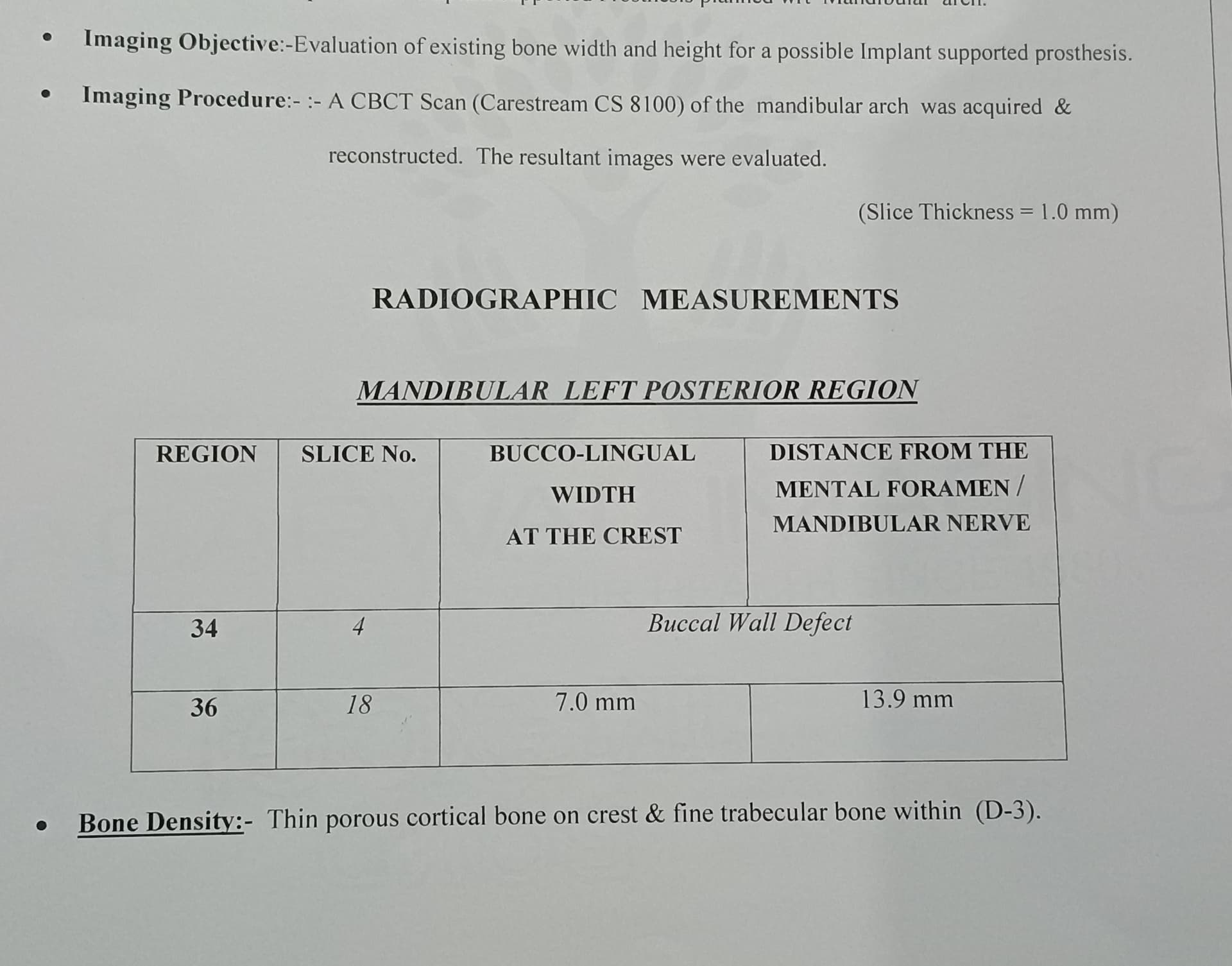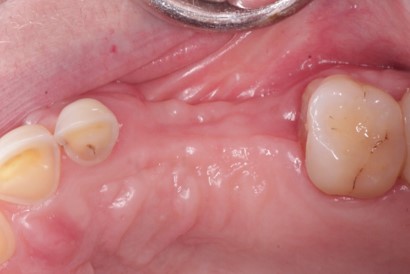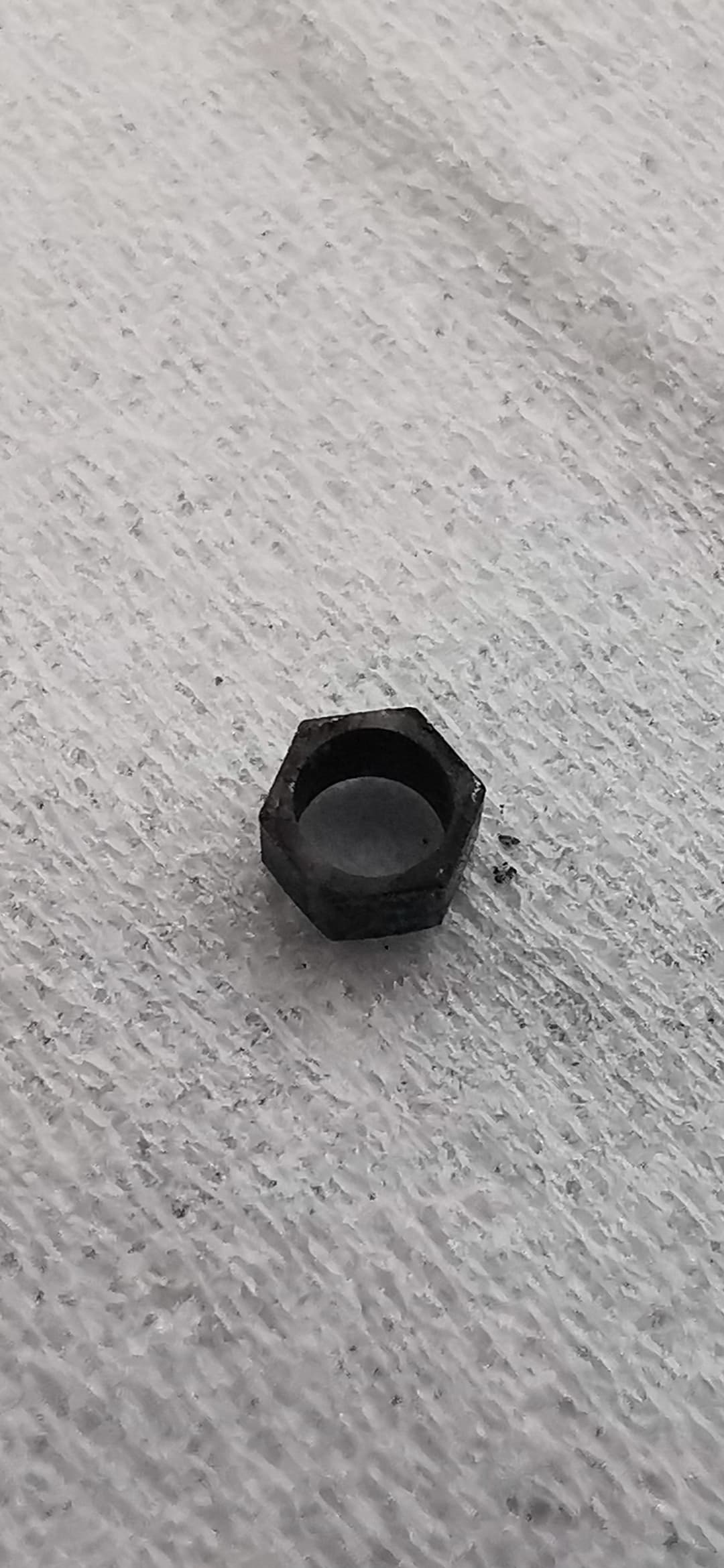Narrow anterior mandible: Recommendations?
I am planning to immediately install two implants (ankylos 3,5 mm) after extraction of the remaining teeth. The CBCT scan shows narrow processus mandibularis, down to 4,40 mm. Normally this isn´t any issue elsewhere, I augment with BioOss and/or autogenous bone. But I know that inserting implants in the anterior mandible can be dangerous due to risk of perforating lingually and hereby create hematomae.
I plan to do full mucoperiosteal flap facially and lingually to visualize the mandibular contour and to protect the sublingual soft tissue and vasculature. I am experienced in implant-surgery, but this is first time at I see such a narrow anterior mandible.
I would like to hear your considerations and recommendations on this case. For instance, drilling to diameter 3,5 (narrowst with ankylos), will make the lingual cortical wall thin, will this be too risky ?? I plan to augment with BioOss facially, but does any of you want to use bone blocks instead in this case?? Thanks.
(click images to enlarge)
![]Pan](https://osseonews.nyc3.cdn.digitaloceanspaces.com/wp-content/uploads/2012/08/1_1.jpg)
![]Regio 3-](https://osseonews.nyc3.cdn.digitaloceanspaces.com/wp-content/uploads/2012/08/1_2.jpg)
![]Regio -3](https://osseonews.nyc3.cdn.digitaloceanspaces.com/wp-content/uploads/2012/08/1_3.jpg)


















